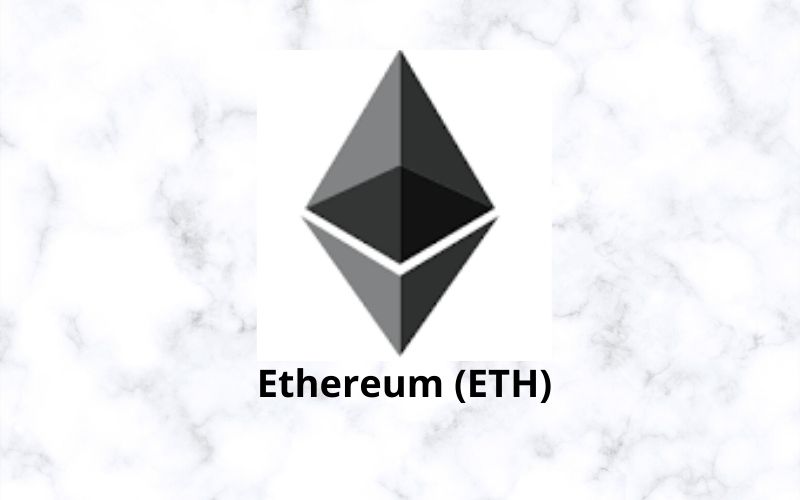As the much-anticipated upgrade of the Ethereum network to proof-of-stake (PoS) protocol draws near, developer Mikhail Kalinin has published a new proposal that is targeted at relieving the network of unnecessary complexity in the course of integrating the original Ethereum blockchain with the upcoming PoS version.
The launch of Ethereum 2.0 scheduled for 1st December 2020 will start with the rollout of the Beacon Chain, a separate chain that will introduce the PoS consensus mechanism and will oversee the expanded network of shards and stakers.
Initially, proof-of-work (PoW) of Ethereum 1.0 and proof-of-stake (PoS) of Ethereum 2.0 will run alongside each other since it will take relatively two years for the complete rollout of Ethereum 2.0.
Within this period, access to the data of ETH 1.0 is planned to be provided via an independent shard chain.
Read Also: Vitalik Buterin and Charles Hoskinson Hit Adam Back for Criticizing Cardano, Ethereum, Ripple
Howbeit, Kalinin argues that this method “puts unnecessary complexity to the consensus layer and increases delays between publishing data on shards and accessing them in eth1.”
He purposely published the new proposal titled “Executable beacon chain” to help solve this issue. This proposal describes a system where the data of Ethereum 1.0 would rather be directly embedded into the blocks of Beacon Chain.
Kalinin noted:
“Eth1-engine is maintained by each validator in the system. When validator is meant to propose a beacon block it asks eth1-engine to create eth1 data. Eth1 data are then embedded into body of the beacon block that is being produced. If eth1 data is invalid, it also invalidates the beacon block carrying it.”
Read Also: Vitalik Buterin: Ethereum 2.0 Benefits Such As 100k TPS Will Come Faster Than People Expect
Vitalik Buterin Praises the New Proposal
The co-founder of Ethereum (ETH), Vitalik Buterin, has acknowledged the effort of the developer. Buterin said, “excellent ongoing work from [Mikhail Kalinin] on ‘the merge’.”
Adding that “this line of R&D is increasingly being prioritized and done in parallel to sharding and other eth2 improvements.”
Meanwhile, the amount of ETH required to launch Phase 0 of Ethereum 2.0 on the first day of December 2020 has been realized.
